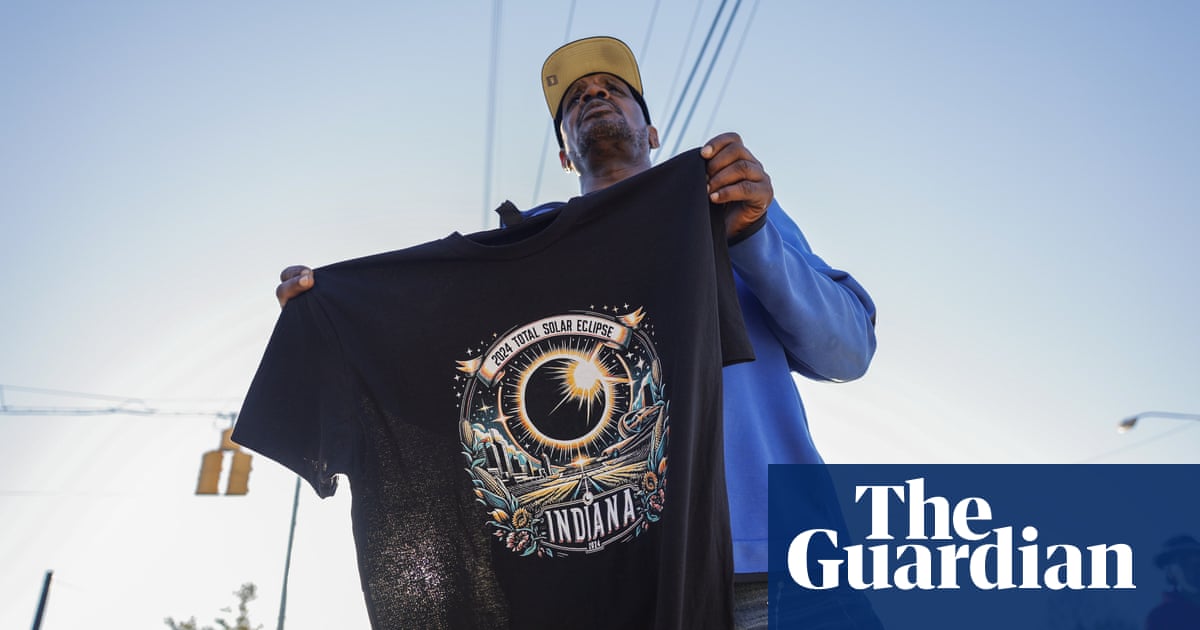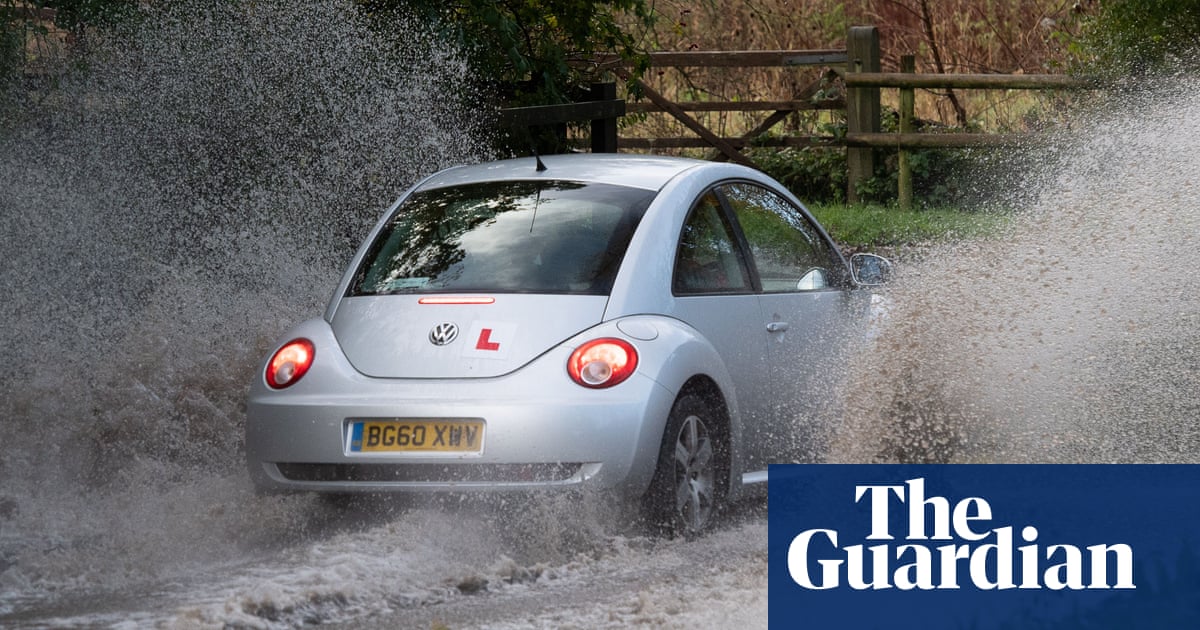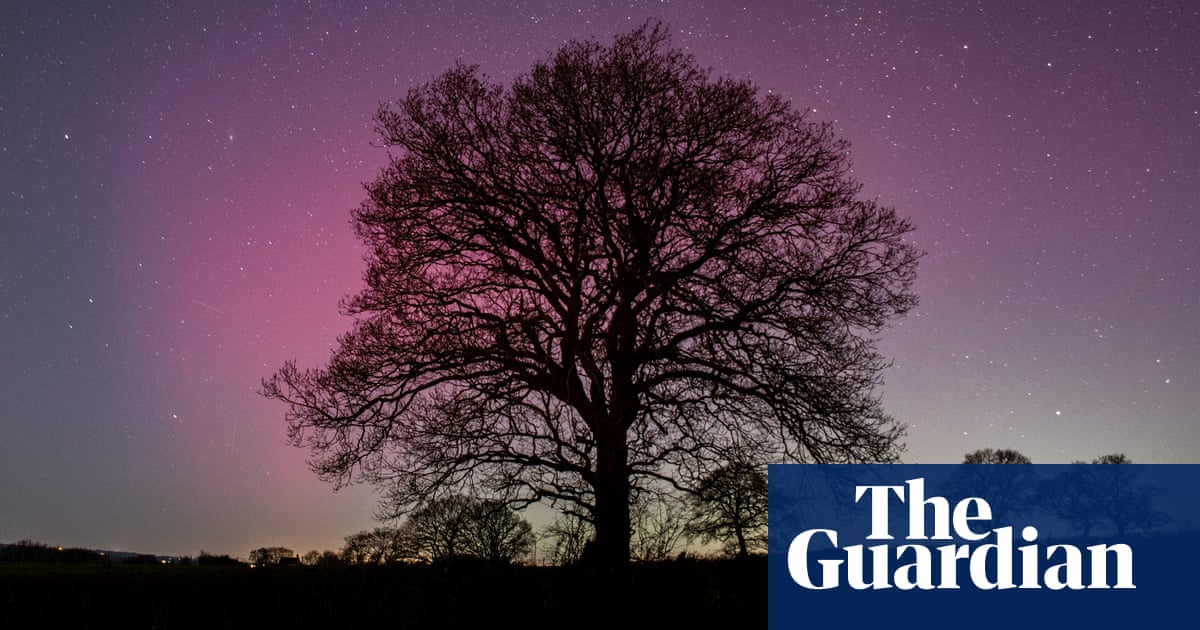
Millions of people in the US, Canada and Mexico are planning to gather to watch Monday’s solar eclipse, when the daylight skies will be momentarily engulfed in darkness as the moon passes between the sun and the Earth.
More than 31 million people live in what is known as the path of totality – the area that will see a full total eclipse.
But there are people in the UK who could be fortunate enough to see a partial eclipse if the weather is clear enough.
Dr Edward Bloomer, a senior astronomer at the Royal Observatory Greenwich, said the UK is only going to get “a small grazing” of the eclipse in western and northern areas.
The Outer Hebrides are the best place in the UK to see the eclipse, with Stornoway seeing a 34% eclipse at 8.14pm.
Belfast will get a 28% eclipse and Glasgow a 12% eclipse. It should even be visible in Liverpool, where 3% of the sun will be blocked out.
Bloomer said: “I’m afraid the south and the east are out of luck this time around. We won’t, ourselves, get to see anything from the observatory, which we’re a bit sad about.”
But even those who live in the path of the eclipse may still be unlucky, as western parts of the British Isles are unlikely to get clear enough skies to be guaranteed an unobscured view, with weather forecasts predicting cloud and rain.
Nevertheless, it was still worth trying to see the eclipse, scientists said.
“Total eclipses of the sun are amazing and feel quite magical,” said Prof Don Pollacco, from the University of Warwick’s department of physics.
“From the right vantage point, you can see the moon shadow rushing towards you at 1,000 miles an hour as totality approaches.
“When almost obscured, as the sun’s light shines through valleys on the moon’s limb [the edge of its visible surface], you see the famous Baily’s beads (beads of sunlight emerging from the eclipse shadow) and, when the final valley is lit up, the “diamond ring” (which appears as a faint corona around the sun, a glittering ring).
“At this time, turning off the sunlight has effects high up in the Earth’s atmosphere, which may impact communications, and produce strange shadow bands on the ground – making the ground swirl around as you look at it.”
Eye protection is absolutely essential, Pollacco added.
He warned: “With no protection, you will at best damage your eyes, or you could blind yourself.”
It will be 2090 before the next total eclipse of the sun is visible from the UK.
While total solar eclipses are not rare and happen every 18 months, the path of a full total eclipse is only about 80 miles, so they are often not visible from inhabited areas of the planet.












